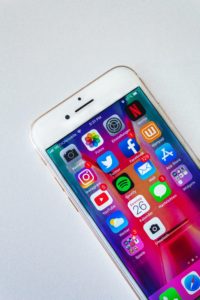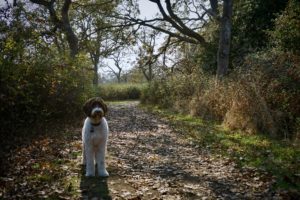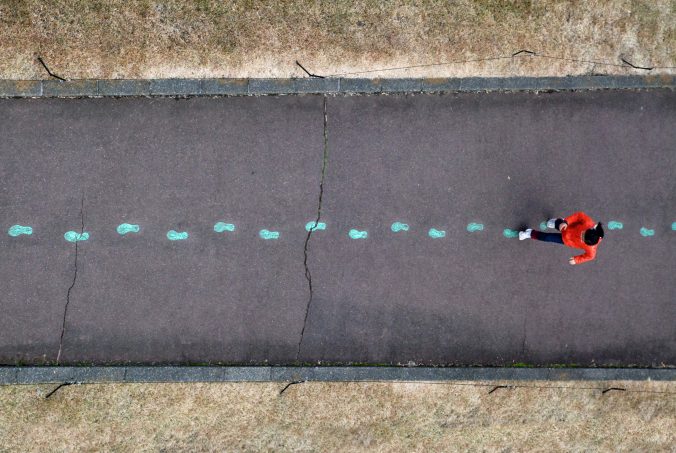This week in class, we had a guest lecturer come in, Jeff Hopkins from PSII (The Pacific School of Innovation and Inquiry). This alternative school includes all the traditional school subjects, like math, science and English. The key difference is that the students learn these subjects through inquiry-based learning and by doing so, students learn multiple subjects at a time (“Pacific School of Innovation and Inquiry,” 2020). I had a family member attend this school a couple of years ago and although it was beneficial for her at the time, the one thing she struggled with once she got to post-secondary was taking tests. She hadn’t developed the skill of test-taking that students in a traditional setting do. It’s difficult when the whole educational system hasn’t shifted; universities and public schools are still mostly based on didactic learning. I think since the educational system has been resistant to change, having a hybrid model would be the best for students. This would include inquiry-based learning as well as some traditional forms of tests. The new BC curriculum seems to be starting to follow this model, but we will have to see if it continues (Columbia, n.d.).

References:
Columbia, G. of B. (n.d.). BC’s New Curriculum. Retrieved from https://curriculum.gov.bc.ca/curriculum/science/9
Pacific School of Innovation and Inquiry. (2020). Retrieved from https://learningstorm.org














Recent Comments